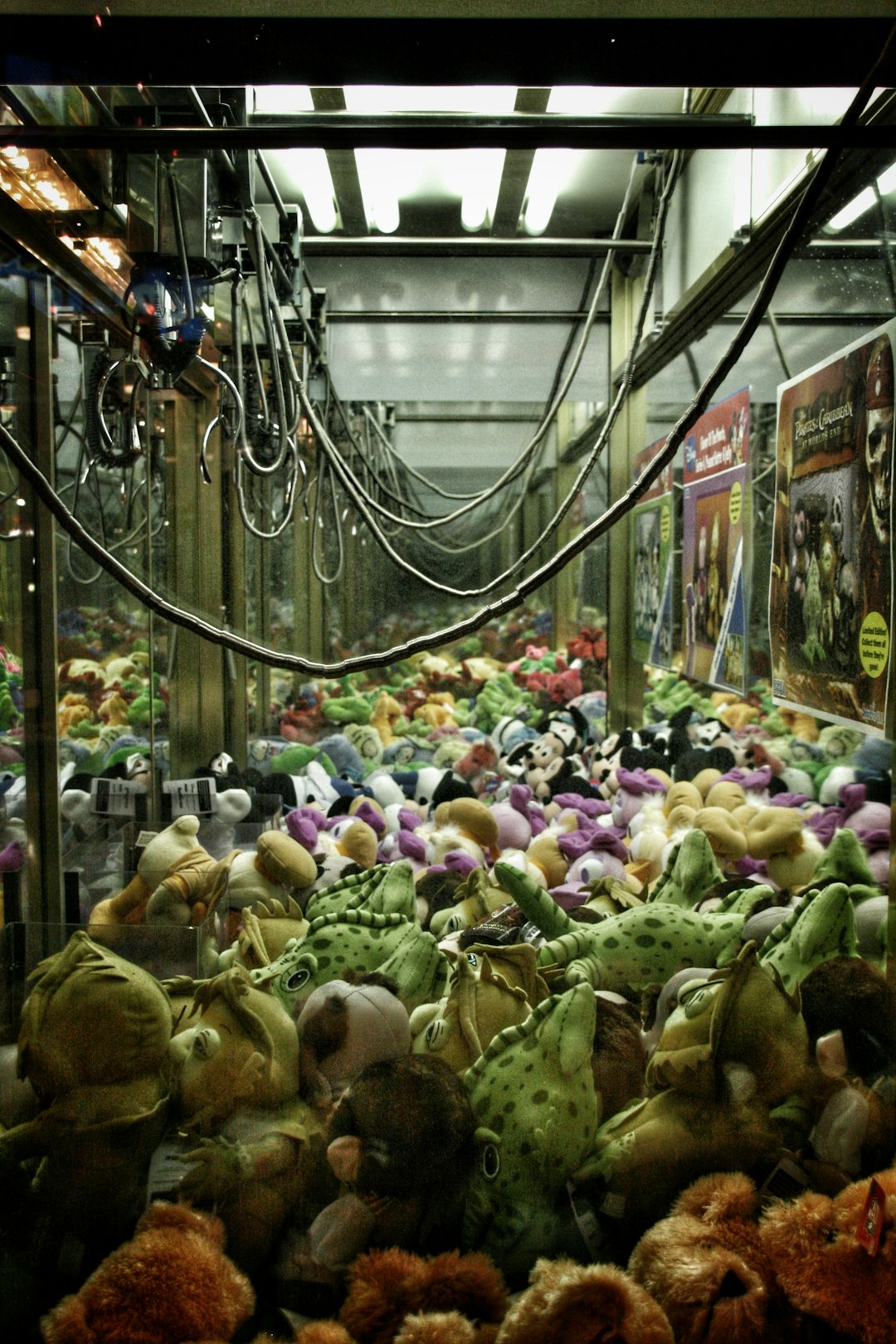Visual Merchandiser Kaiwhakatū Taonga ā-Matapihi
Visual merchandisers arrange goods and make displays in shops, shop windows and at events to attract the attention of customers.
Visual merchandisers may do some or all of the following:
- discuss suggested displays with clients or management
- set up products and displays according to planograms (store layout plans)
- change signage and window displays regularly
- add new stock and remove old products
- ensure all stock is appropriately displayed
- research displays and make sketches or models of displays
- purchase or make the props for the display
- assemble the display using a variety of materials
- take photos of the displays and signage.
Useful Experience
Useful experience for visual merchandisers includes:
- experience in set design, drawing and painting
- work in retail sales or advertising
- creative work such as interior or graphic design, or photography.
Personal Qualities
Visual merchandisers need to be:
- creative and artistic
- able to inspire confidence in their clients
- able to follow instructions and accept criticism
- good at listening to, and communicating with clients
- skilled at planning and making decisions
- able to work to deadlines.
Skills
Visual merchandisers need to have:
- knowledge of marketing and advertising, and how customers respond to product and display placement
- knowledge of how to assemble props and displays to attract customers' attention
- knowledge of different art techniques and materials, and fashion trends
- skill in designing, drawing and constructing displays
- ability to maintain props and mannequins.
Visual merchandisers who are self-employed also need small business management skills.
Conditions
Visual merchandisers:
- usually work regular business hours if they are employed by a retail store, but may work shorter hours if they are contractors
- may travel locally or regionally to assemble displays.
Subject Recommendations
There are no specific secondary education requirements for this job, but business studies, design and communication (graphics), construction and mechanical technologies, and painting, sculpture, photography, printmaking combined to at least NCEA Level 2 are useful.
For Year 11 to 13 students, the ServiceIQ Gateway programme is a good way to gain retail experience.
Related Courses
Visual Merchandisers can earn around $48K-$55K per year.
Pay for visual merchandisers varies depending on experience and responsibilities.
- New visual merchandisers usually earn between minimum wage and a little more.
- In-store visual merchandisers with three or more years' experience usually earn up to $55,000.
- Field visual merchandisers, who oversee more than one store, usually earn $55,000 to $70,000.
- Visual merchandisers who manage teams and have regional or national responsibilities can earn $65,000 to $200,000.
Self-employed visual merchandisers can earn between $150 and $200 an hour. Their income depends on the success of their business.
Sources: Retailworld Resourcing, '2018 Salary Survey', 2018; and NZ Retail Interiors Association, 2018.
Visual merchandisers in large stores may move into training roles, or regional or national management.
Years Of Training
There are no specific entry requirements to become a visual merchandiser. However, retail sales experience and creative flair are essential.
A tertiary qualification may be useful, such as a:
- Bachelor in Retail and Business Management
- New Zealand Certificate in Fashion (Level 4).
Industry training organisation ServiceIQ offers the New Zealand Certificate in Retail for Levels 2, 3 and 4 through on-the-job training.

 Mangere College
Mangere College